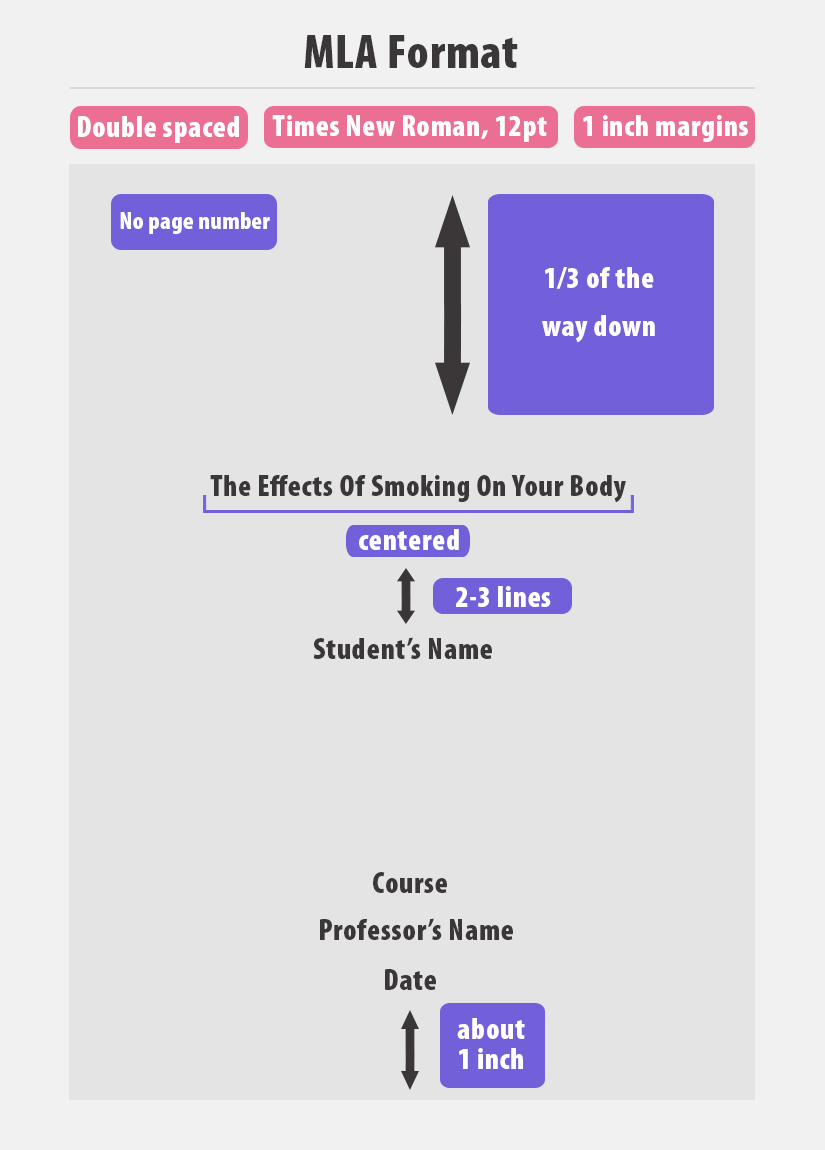Field Report: Writing Guide From A to Z
February 18, 2021

So, you’ve just been given the difficult task of writing a field report. In most cases, this is your first field report. As such, you probably have absolutely no idea about what to do and how to do it. Fortunately, writing such a report is not as difficult as you imagine. In this blog post, we will discuss everything about the field report. What is a field report? Get all the answers in one blog post! We will also show you how to write a field trip report the easy way. You will find a nice little template you can use and we will also be more than happy to help you with a 100% original sample – upon your request. Read on!
Contents
So, What Is a Field Report?
But what is field report? This is a very good question; one that we would like to answer right from the start. Why? Because if you don’t know the definition of field report, you have little chance of writing one correctly. After all, you can’t write about something you don’t understand, can you?
Basically, a field report is an academic paper that requires you to combine the theory you’ve learned in the classroom with specific methods of observation (applied in a specific environment, outside of class) to describe a subject. Said subject can be a person, a group of persons, an event, or even an animal. This is basically the field report definition.
But what are the objectives of field trip report? This is where it gets a bit tricky. Your report should be very comprehensive and you need to show your professor that you’ve mastered not only the theoretical parts of analysis, but also the practical ones. You need to observe the subject and take note of all things that are of interest. You need to be able to categorize, make connections, gather evidence, organize evidence, and even work with photographs, audio recordings and illustrations. Bottom line, the observation phase is not easy to do.
Where Can I Get a Field Report Example?
When it comes to getting a good field report example, there are several options you can explore. However, only one of them is viable for most students. Here are some of the things you can try:
- Go online and try to find an example on a website. Now, it’s true that you may be able to find several examples. However, many of them are poorly written. They are missing vital information and may even be missing certain parts. Be aware that some websites will attempt to sell you pre-written reports, which is something you need to stay away from at all costs.
- You can ask around on blogs, forums or social media if somebody has a report example they can share with you. While you may get lucky and get an example, you have no way of knowing whether or not it is correctly written.
- Many students try to hire a freelance writer to write the report. The idea is good, but you need much more than a freelance writer who probably doesn’t know how to write a field trip report After all, just 1% of freelance writers have academic writing experience (and these people are quite expensive to hire).
- You can hire a writing service to get the job done. This is the best way to go if you want to make sure you get a top quality, complete product. For instance, our ENL writers have written hundreds of these reports, so they definitely know what they’re doing. They have access to the best field scouting report forms and know how to write field report sections in a way that will make your professor give you some bonus points.
A Simple Field Report Template
If you don’t know how to write a field report, it is important to get a good template. Obviously, you will need to learn how to write a field study report eventually. However, by using a good template, you make your life a lot easier. You will always have the basic structure of the report right there in front of you. This means that with a good field report template or daily field report template, you won’t miss any important sections or information. Here is how the basic structure of a field report home looks like:
- An introduction where you describe the objective of your report and underline specific concepts (if any).
- A Description of Activities section. This is where you describe everything that you observe, so that your readers know what is happening.
- An Interpretation and Analysis section. This is the part where you need to interpret and analyze the data you’ve gathered during your observations.
- A Conclusion and Recommendations section. This is the conclusion of your report, so you should never include any new information here.
If necessary, you can add a fifth section, the Appendix. This section will support your analysis in case you need to include lengthy information. Use the Appendix section to include any graphs, charts, graphics, tables, or illustrations.
Writing a Field Report From Start to Finish
Now that you know the field study report definition and have a template to work with, it’s time to show you how to write the report from start to finish. Let’s get started:
- Write the introduction. Don’t explain your readers what is field trip report. Instead, provide a bit of background information about the objective of your report. Describe the theoretical perspective and talk a bit about the various types of observations you’ve used.
- Write the Description of Activities section. In other words, describe everything that you have observed in an well organized, logical manner. Each observation needs to be written as a separate paragraph and needs to answer the five Ws: What, Where, When, Who, Why.
- Write the Interpretation and Analysis section. This is where you are free to interpret and analyze all the data you have gathered during your observations. In other words, this section can get pretty lengthy. You are not required to discuss each and every observation, so pick the most important ones (and explain why you consider them to be the most important ones). In this section, you need to convince your professor that you are talking from the perspective of a knowledgeable viewer by applying the theoretical knowledge you’ve accumulated in class.
- Write the field trip report conclusion and include any recommendations. You will basically need to summarize everything and show how your observations support your thesis. The recommendation can be used as a call to action to end the conclusion.
- As with any essay, you must edit the report. Eliminate the unnecessary information and don’t be afraid to delete entire sections if necessary. Your field report is, after all, an academic paper. It should be unbiased, objective and to the point. Also, make sure it is well organized.
- The last thing you need to do is proofread the paper. We would advise you to proofread the field report twice to make sure you didn’t miss anything. You can easily lose points over a few typos, so don’t risk it.
Frequently Asked Questions About the Field Report
Q: What are the differences between a daily field report and a regular report?
A: There are minor differences between field report types, and they all have to do with time. A daily field report is completed daily, while a regular report can take a couple of days or a couple of weeks to compile. The time span of the observations is different, that’s the major difference.
Q: What is the best field report app you can use?
A: Truth be told, we don’t know about any applications that can do a field report for you. In any case, you don’t even need such an app to do a field observation report. A notebook and a pen, a camera and a voice recorder are more than enough tools to record your observations.
Q: What are the top 3 tips you can give me?
A: Here they are:
- Before you begin writing the field experience report, you need to accurately record all aspects of the situation. It’s good to have a plan in place so you don’t miss anything.
- Analyze your observations and try to find the meaning of the things you are observing. Try to figure out what is happening and why it is happening.
- Remember that you need to write a report. Keep this in mind as you do the observations. Stay focused and pay attention to even minor details. Record every piece of new information.
Q: How to sample during the observations phase?
A: There are various methods to sample. For example, Ad Libitum sampling simply means observing what you deem important at a given moment. Behavior sampling translates to observing an entire group and noting specific individual behaviors. Continuous recording sampling and focal sampling are two other widely used methods for a field study report.
Need a Great Field Report Sample?
We realize you may not know how to write a field observation report. Or perhaps you want to learn how to write a field report for geography in just one day. However, there is an easy way to learn more about the field report. You can simply contact us and request a field report or an observation essay. The sample will be written just for you, so it will be 100% original.
Of course, you are free to use parts of our sample in your own writing. After all, you will own the sample and nobody else will have access to it. And did you know that our experienced writers and professional editors can help you with many other things? We can help you write intro or conclusion, edit your paper or even proofread your work. With our help, your essay will be perfect. So what are you waiting for? Learn how to write a report on a field trip with one of our awesome samples!
Take a break from writing.
Top academic experts are here for you.
- How To Write An Autobiography Guideline And Useful Advice
- 182 Best Classification Essay Topics To Learn And Write About
- How To Manage Stress In College: Top Practical Tips
- How To Write A Narrative Essay: Definition, Tips, And A Step-by-Step Guide
- How To Write Article Review Like Professional













